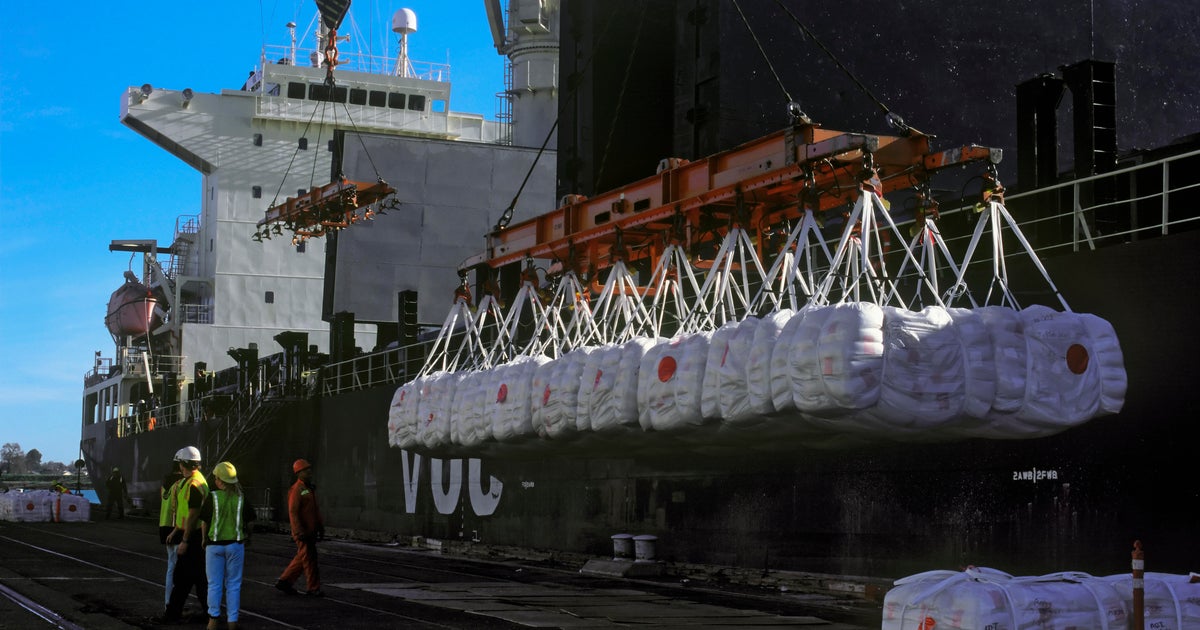What is the DMZ? Map and pictures show the demilitarized zone Travis King crossed into North Korea
This week U.S. soldier Travis King crossed the Demilitarized Zone, often called the DMZ, which separates South Korea and North Korea. King went into North Korea "willfully and without authorization" and is believed to be in the custody of North Korean forces. What is the DMZ and what does it look like?
What is the Demilitarized Zone?
The DMZ is a 148-mile-long strip that incorporates territory from both North and South Korea. It is about 35 miles from South Korea's capital, Seoul, and runs along the 38th parallel, the line that divides the two countries, along which much of the Korean War occurred.
The DMZ was created at the end of the Korean War in 1953, when an armistice was signed. Both countries are still divided and technically at war, but the DMZ ensures the demarcation between them remains peaceful. It is protected by heavily armed troops on both sides.
The area is a tourist destination in South Korea and is rated the 10th best thing to do on a visit to Seoul, according to U.S. News and World Report. There are monuments and a lookout into North Korea, and several tour companies take groups there.
American troops with the United Nations Command Security Battalion are stationed at the Joint Security Area, an area of the DMZ in Panmunjom, according to the U.S. military. The unit has been standing at the site since 1952 to help protect the armistice, which was signed there by representatives from North Korea, the United States, China and the United Nations in 1953.
"The only thing related to the United Nations about the U.N. command is its name," U.N. Secretary-General Spokesperson Stephane Dujarric told CBS News.
"In actuality, there is no organizational link between the U.N. command in Korea and the United Nations. It's a relic of the Korean War," Dujarric said.
Can you cross the DMZ?
In most cases, there is no crossing the DMZ. Tourists who visit the Joint Security Area can place their feet on either side of the line separating the two countries, according to U.S. News and World Report.
You can travel to each country separately, but according to a company that coordinates tours in North Korea, you can't travel to North Korea through South Korea. Usually, people visiting North Korea go through China or Russia.
In 2019, President Donald Trump crossed the DMZ into North Korea, becoming the first sitting U.S. president to go to the country. It was there that he met with the country's leader, Kim Jong Un. "I never expected to meet you in this place," Kim told Trump through an interpreter.
Trump met with leaders in both North and South Korea to try and broker a denuclearization deal.
Some people risk their lives crossing the DMZ to flee North Korea. In 2020, a total of 229 North Koreans defected to South Korea, according to local media, citing South Korea's Unification Ministry. Earlier this year, Unification Minister Kwon Youngse said the "attitude towards North Korean defectors needs to be more open and positive."
A resettlement program is being designed to offer more support to defectors from North Korea, a country run by a dictator and accused of human rights violations.
In 2017, a North Korean soldier defected to South Korea via the Joint Security Area. He was shot by fellow North Korean soldiers and taken to a hospital in South Korea.
That same year, an American man was detained in South Korea for allegedly attempting to cross the DMZ into North Korea. He was later deported back to the U.S.
In 2020 South Korean media reported a former North Korean gymnast jumped over a nearly 10-foot fence to flee North Korea, but in 2022 the South Korean military said that defector went back to the North.
Other people have crossed into North Korea, including U.S. soldier Charles Jenkins, who was serving in South Korea in 1965 when he fled to the North, according to the Associated Press. In North Korea, he married a Japanese nurse who was abducted in 1978 by agents from the country and was later allowed to return to Japan.
Jenkins was eventually allowed to leave for Japan as well, and when he did in 2004, he surrendered to the U.S. military and was charged with abandoning his unit and defecting to North Korea.
Pictures of the DMZ
CBS News U.N. correspondent Pamela Falk contributed to this report.










